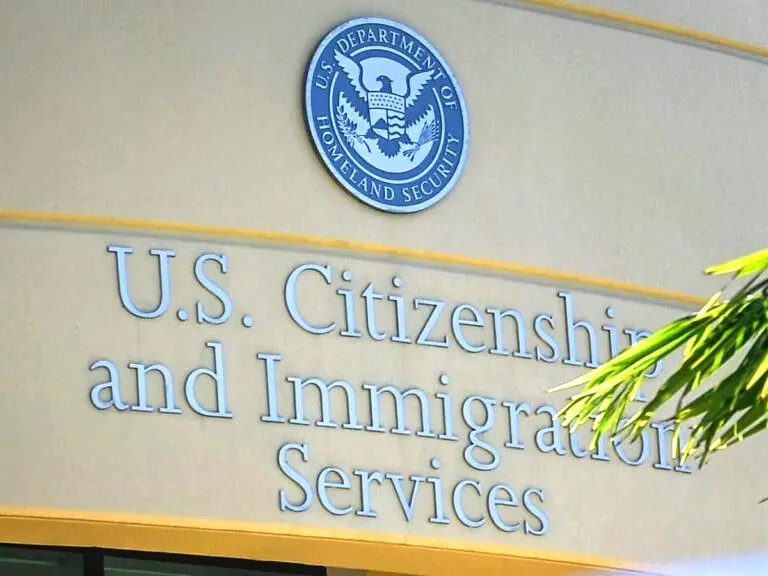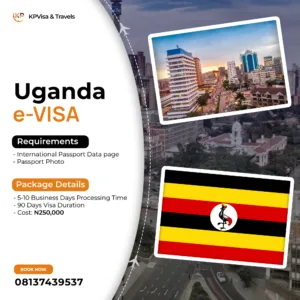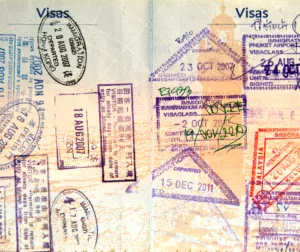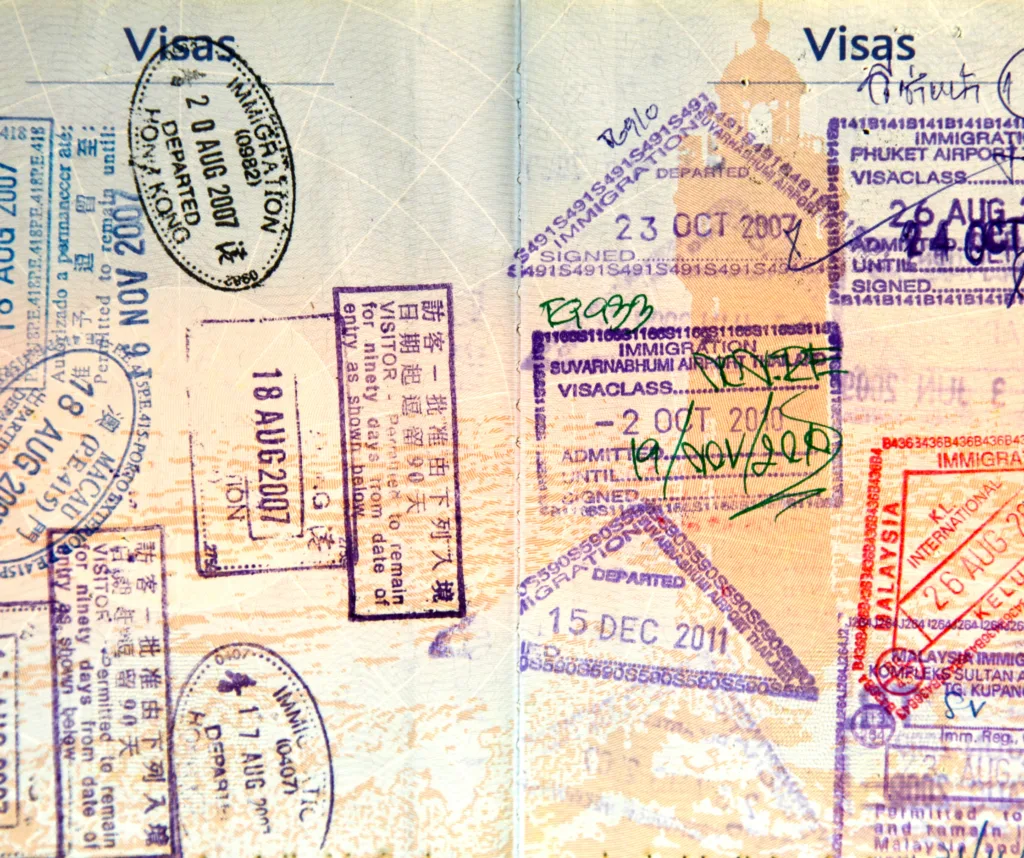If you were planning to apply for a U.S. visa, green card, or other immigration benefits, you may have already noticed an increase in fees. As of July 22, 2025, U.S. Citizenship and Immigration Services (USCIS) officially implemented a significant fee hike across various immigration categories. For those who missed the deadline, here’s everything you need to understand about the new fee structure and how it could affect your immigration process moving forward.
What Changed? Breakdown of New USCIS Filing Fees
As of July 22, 2025, USCIS introduced a series of fee increases for several immigration forms. Here’s an updated overview of some of the most commonly used USCIS forms and their new fees:
📌 Read More
| Form | Old Fee | New Fee (Post-July 22, 2025) |
| Form I-130 (Family-based Immigration) | $535 | $625 – $650 |
| Form I-485 (Green Card Application) | $1,225 | $1,400 – $1,450 |
| Form N-400 (Naturalization) | $725 | $850 – $900 |
| Form I-765 (Work Permit) | $410 | $475 – $500 |
| F-1 Student Visa SEVIS Fee | $350 | $375 – $400 |
If you missed filing before the fee increase took effect, you’re likely seeing higher costs now. The adjustment might have a significant financial impact depending on the form you’re filing, so it’s crucial to understand the details of these changes.
Why Did the Fees Increase?
The USCIS fee hike wasn’t just a random change, it was part of a much-needed adjustment to address several pressing issues within the U.S. immigration system:
1. Operational and Administrative Costs:
The U.S. immigration system has faced a growing backlog of applications, longer processing times, and rising operational expenses. The fees increase will help cover those costs and improve the efficiency of processing times.
2. Inflation:
Like most services, inflation has played a role in increasing costs for USCIS to maintain its operations. To keep up with rising wages, technology costs, and office supplies, the agency adjusted its fees accordingly.
3. Backlogs and Delays:
In recent years, USCIS has been struggling with significant backlogs. The additional funds are necessary to address these delays and avoid longer waiting periods for applicants.
📰 Similar Posts
4. Funding Shortfalls:
USCIS, which relies heavily on application fees for its budget, has faced funding shortfalls in recent years. The fee increases are essential to ensure that the agency can continue operating effectively, maintain current services, and support future improvements.
What Can You Do if You’ve Already Missed the Deadline?
If you were unable to submit your application before July 22, 2025, and are now dealing with the higher fees, here are some things you can still do to minimize the financial impact or expedite your process:
1. Look Into Fee Waivers and Reductions:
Certain applicants may qualify for fee waivers or reductions, which could help you avoid the new fee structure altogether. For instance, if you can demonstrate financial hardship or receive public assistance, you might qualify for a waiver.
Pro Tip: If you’re applying based on a low-income or financial hardship status, it’s a good idea to check the USCIS guidelines on fee waivers before submitting your forms. These are available for specific categories of applicants.
2. Bundle Your Forms Together:
For applicants submitting multiple forms (e.g., Form I-130 and Form I-485), there are often ways to bundle the applications together and reduce the overall cost. While the fee hike will apply to individual forms, submitting packages of related forms could still offer cost savings in some cases.
3. Consider Premium Processing (If Available):
If you’re looking to expedite your process and have a critical deadline, consider using premium processing (available for certain petitions). Although premium processing won’t help reduce the new fee structure, it can fast-track the review and approval of your application, which may be essential if you’re on a tight timeline.
4. Stay Updated on USCIS Changes:
The immigration landscape continues to evolve. While the current fee structure is set for the foreseeable future, it’s crucial to stay informed on any additional changes. Sign up for email notifications from USCIS, follow their social media pages, and keep an eye on trusted immigration news outlets to ensure you’re never caught off guard by further updates.
What Happens If You Wait?
If you’re still on the fence about submitting your application, it’s important to consider the potential consequences of waiting:
- Higher Costs: Waiting means you’ll be paying the new, higher fees. For many applicants, this could mean hundreds of dollars more per application.
- Processing Delays: As more people rush to file their applications before the deadline, you might face longer waiting times for USCIS to process your forms. This can delay your immigration process further, which could be costly if you’re planning around specific timelines.
- Missed Opportunities for Lower Fees: Even with the new fee structure in place, certain applicants might qualify for fee reductions or waivers, and there’s no guarantee that these opportunities will always be available.
What You Should Do Now
1. Prepare and Submit Your Application: If you’ve already decided to apply, submit your forms as soon as possible to avoid unnecessary delays. While you can’t reverse the fee increase, timely submission will prevent further complications.
2. Consult with an Immigration Attorney: If you have questions or concerns about the fee increase, eligibility for fee waivers, or the right forms to submit, consulting with an immigration attorney could help clarify things and streamline the process.
3. Budget for Higher Fees: Make sure to update your financial plans to account for the higher fees. Depending on your situation, you may need to make adjustments in other areas of your budget to accommodate these changes.
The Time for Action is Now
The USCIS fee increase is officially in effect, and it’s important for anyone planning to apply for a U.S. visa, green card, or other immigration benefits to understand how this will impact their financial plans. If you filed before July 22, 2025, congratulations—you’ve locked in the lower fees. But for those still working on their applications, here’s the bottom line:
- Submit your applications now to avoid higher fees and processing delays.
- Consider all options for fee reductions or waivers if you’re eligible.
- Stay informed by regularly checking for USCIS updates, and sign up for notifications to remain ahead of any further changes.
This may be a challenging time financially for many, but being proactive can save you money and stress in the long run. If you need help with your immigration application or have questions about the updated fee structure, don’t hesitate to reach out. We’re here to guide you through this process and help ensure your immigration journey stays on track.





































No responses yet